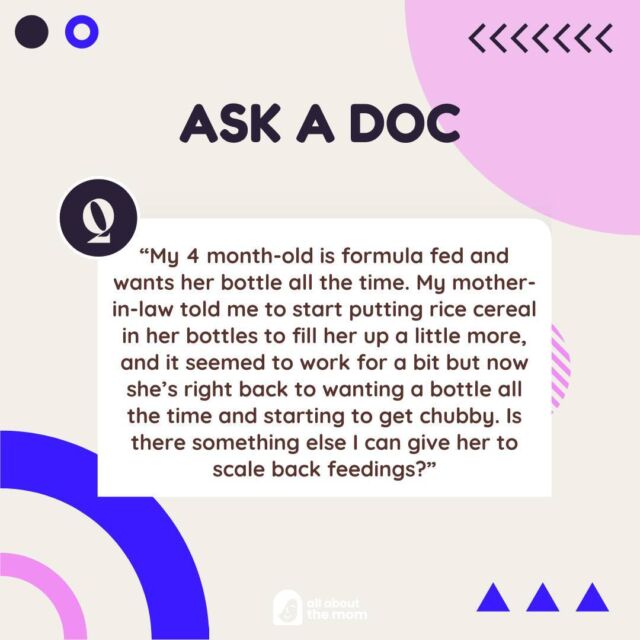Is my baby’s poop normal? When should I be concerned about different colors/textures?
Poop questions are pediatricians’ forte. This is because a baby’s stools can vary greatly depending on their age and whether or not they are consuming solids.
When a baby is first born, they pass a thick stool called meconium. As mother’s milk comes in, or formula is introduced, this tarry, dark bowel movement then transitions to a yellowish, mustard-seedy stool. It is normal for stools to vary in color. However, the colors white, black, or red do raise concerns. White stools could be an indication that the liver is not functioning properly, and black or red stools may indicate blood. If stools contain excessive mucus in them, it is also important to let your pediatrician know. About two percent of infants will experience a milk protein allergy which may lead to loose, mucousy stools that may include specks or streaks of blood. If this is the case, it is important to discuss it with your pediatrician, as it may indicate an underlying allergy leading to gut inflammation.
Babies who breastfeed tend to have looser stools than those who are formula fed, and this should not be concerning to a parent so long as the frequency is normal and the baby’s weight gain is robust. As food is introduced, the texture of the stool can change and thicken greatly. If stools are hard and pellet-like, this indicates constipation. Talk to your pediatrician about ways to manage it, as they differ depending on the child’s age.

















